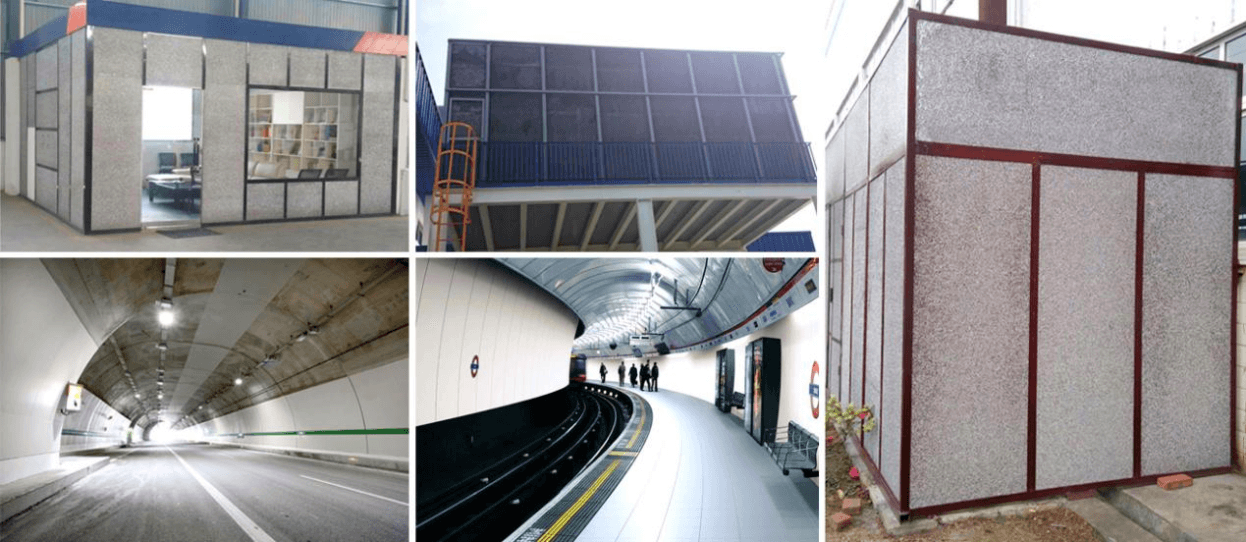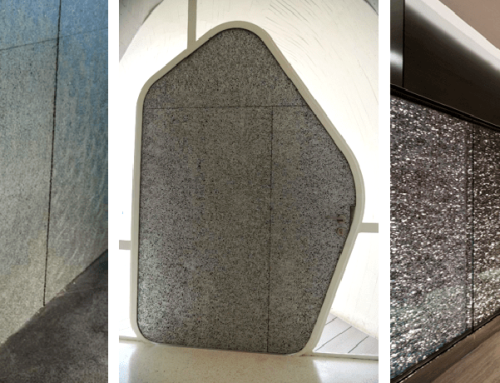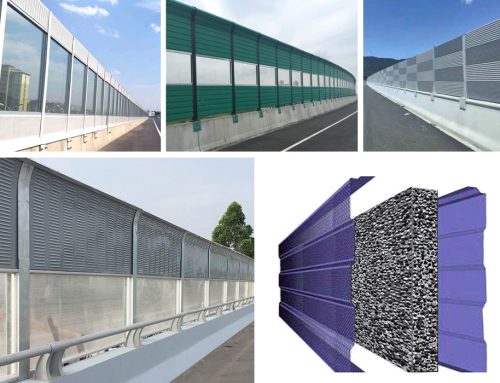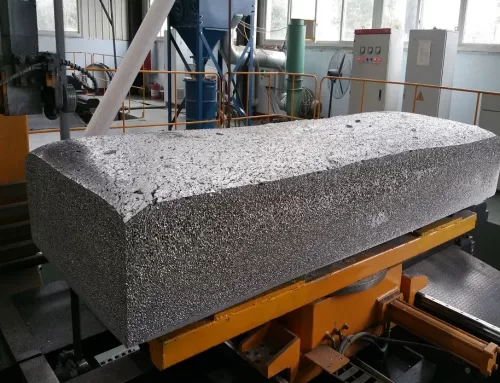Common types of sound barriers
According to the classification of materials, the sound barrier can be divided into the following categories: metal sound barrier (metal shutters, aluminum foam), concrete sound barrier (lightweight concrete, high-strength concrete), PC sound barrier, FRP sound barrier, etc.
Compared with other common sound-absorbing materials, such as glass wool and asbestos, aluminum foam has the characteristics of self-supporting, high temperature resistance, no release of harmful gases, low moisture absorption and good weather resistance. It has great potential. A new generation of sound-absorbing materials. Therefore, it is widely used in the field of traffic noise reduction and environmental protection engineering, such as the production of high-efficiency sound barriers, sound-absorbing walls, etc.
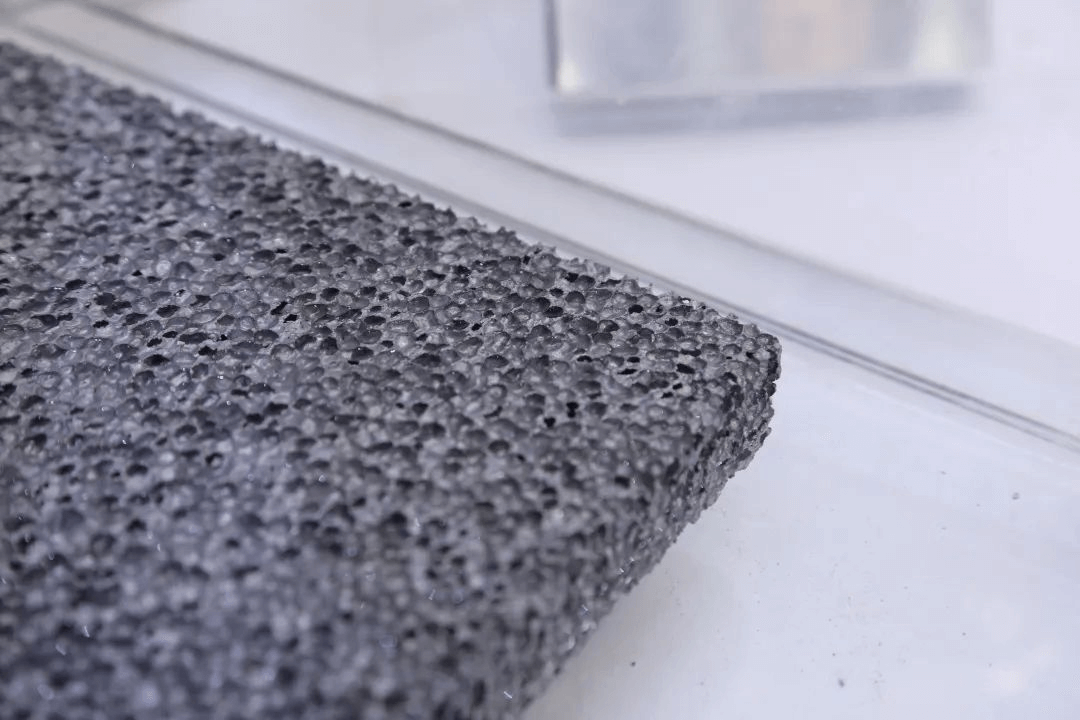
Advantages of aluminum foam sound barrier
Aluminum foam is formed by adding additives to pure aluminum or aluminum alloy and then undergoing a foaming process. At the same time, it has the characteristics of metal and bubbles. It is a new type of porous sound-absorbing material.
The advantages of aluminum foam sound barriers mainly include the following aspects:
1. Excellent sound absorption performance
The aluminum foam sound barrier has stable sound absorption performance, the average sound absorption coefficient is greater than 0.64, and the noise reduction coefficient is about NRC0.75. In the rain or after absorbing dust, the sound absorption coefficient will not change, which meets the acoustic requirements of road sound barriers.
2. Easy to install
The aluminum foam sound barrier is made of pure aluminum, and the aluminum foam sound-absorbing board can be directly exposed to the atmosphere, without the need for moisture-proof layer, anti-corrosion layer and filler, etc., and it is easy to install.
3. Easy to maintain and long life
Aluminum foam sound-absorbing panels are washable like glass, and can be self-cleaning through natural rain. Even if dust accumulates, it will not adversely affect its acoustic performance, but will improve high-frequency sound absorption performance. At the same time, it has good weather resistance, corrosion resistance and aging resistance, and the service life can reach more than 30 years.
4. Customized appearance, green and environmental protection
The surface of the aluminum foam can be sprayed with fluorocarbon, and the color can be customized according to user needs; the aluminum foam is A1 fireproof, green and pollution-free, and will not release harmful substances at high temperatures, and can be completely recycled and reused.
Common structure of aluminum foam sound barrier
1. “aluminum foam sound-absorbing panel + metal back panel”
The aluminum foam composite sound-absorbing board is directly used as the panel (breaking load>1000N, the surface can bear 1500N/m2 load; deflection 0.089<1); the aluminum foam composite sound-absorbing board has a sound absorption coefficient of 0.75, which can meet the urban viaduct sound barrier in the range of 200-4000Hz The sound absorption coefficient required by the standard can form a resonant cavity of about 40mm, which further improves the sound absorption effect by about 1dB. The aluminum foam sound-absorbing board of this structure is directly used as a surface material and must meet the strength requirements. Therefore, the thickness of the aluminum foam must be more than 2cm, and the overall cost is relatively higher.
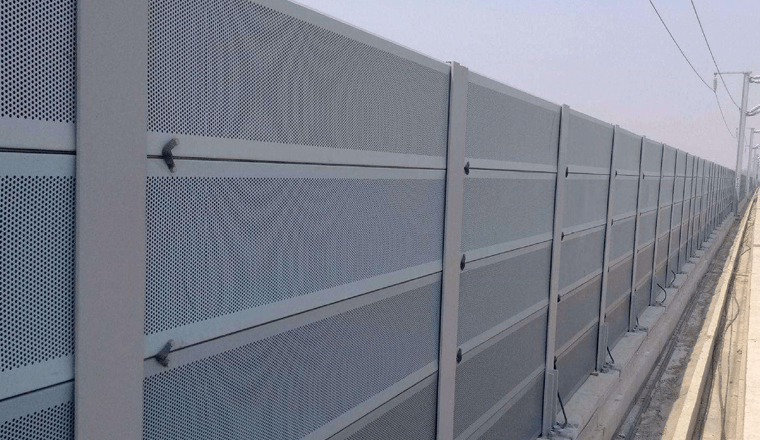
2. “Corrugated perforated aluminum panel + aluminum foam sound-absorbing panel + metal back panel”
The aluminum foam composite board is used as the middle sandwich layer, so the aluminum foam can be 5mm-7mm thick, which has no effect on the sound absorption capacity and reduces the cost; the aluminum foam composite sound-absorbing board has a sound absorption coefficient of 0.75, which can meet the needs of urban viaducts in the range of 200-4000Hz The sound absorption coefficient required by the sound barrier standard can form a resonant cavity of about 50mm, which further improves the sound absorption effect by about 3dB.
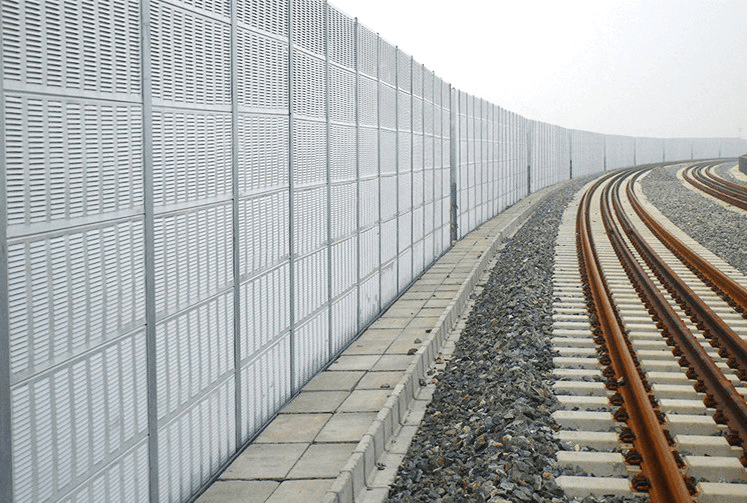
3. “Panel + composite sound-absorbing body (aluminum foam + other sound-absorbing materials) + cavity back panel”
In view of the fact that the thicker the aluminum foam sound-absorbing panel, the better the strength and sound insulation effect, but the upper and lower sound-absorbing bodies mainly play the role of sound absorption. Yante Material Technology (Luoyang) Co., Ltd. can adopt the special backboard cavity design of sound-absorbing panels + thin aluminum foam panels and other sound-absorbing materials to form sound-absorbing bodies + panel structures of different forms or materials according to the actual needs of users, providing users with targeted Sexual sound-absorbing panel design scheme.
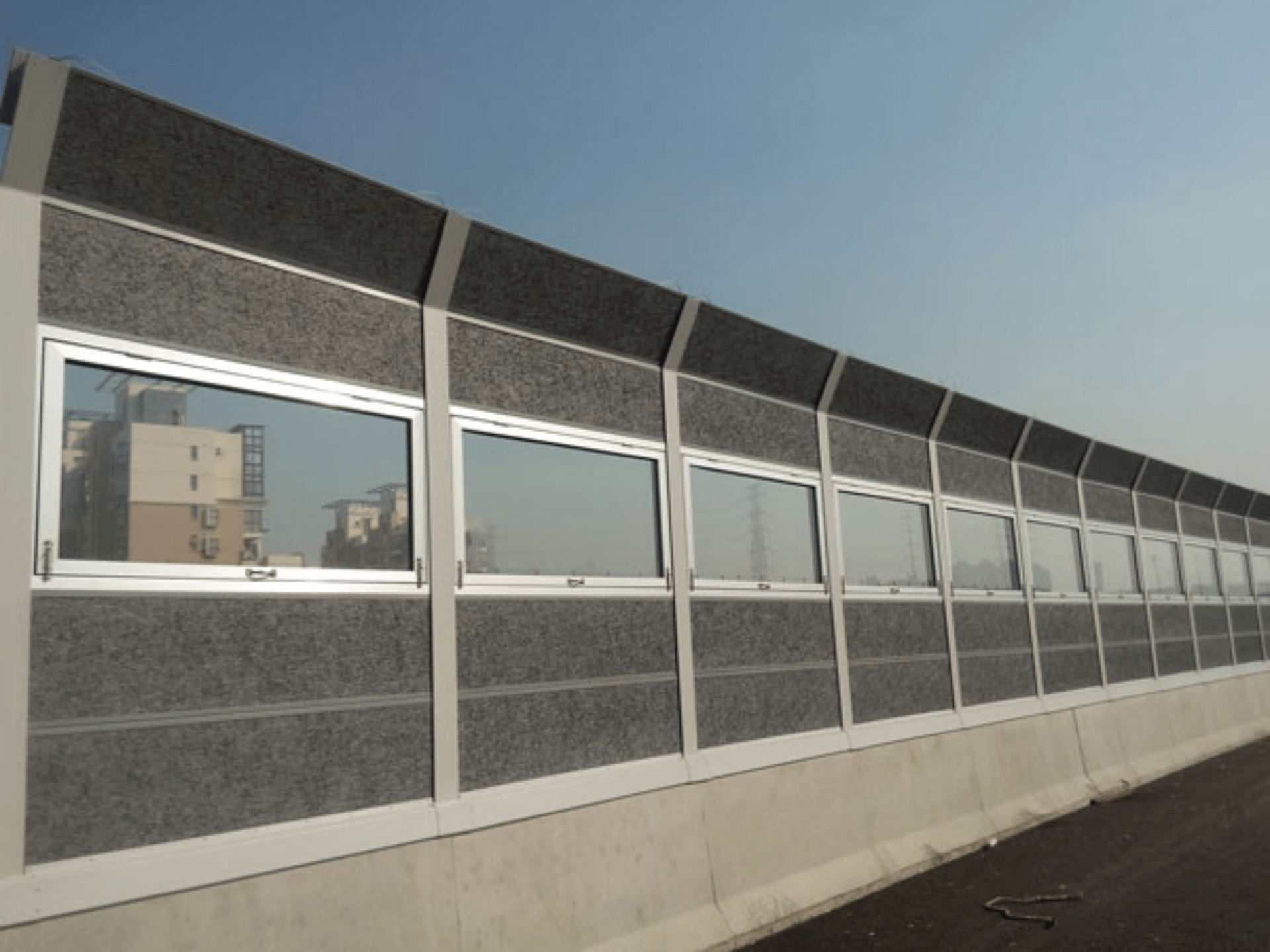
Aluminum foam sound barrier
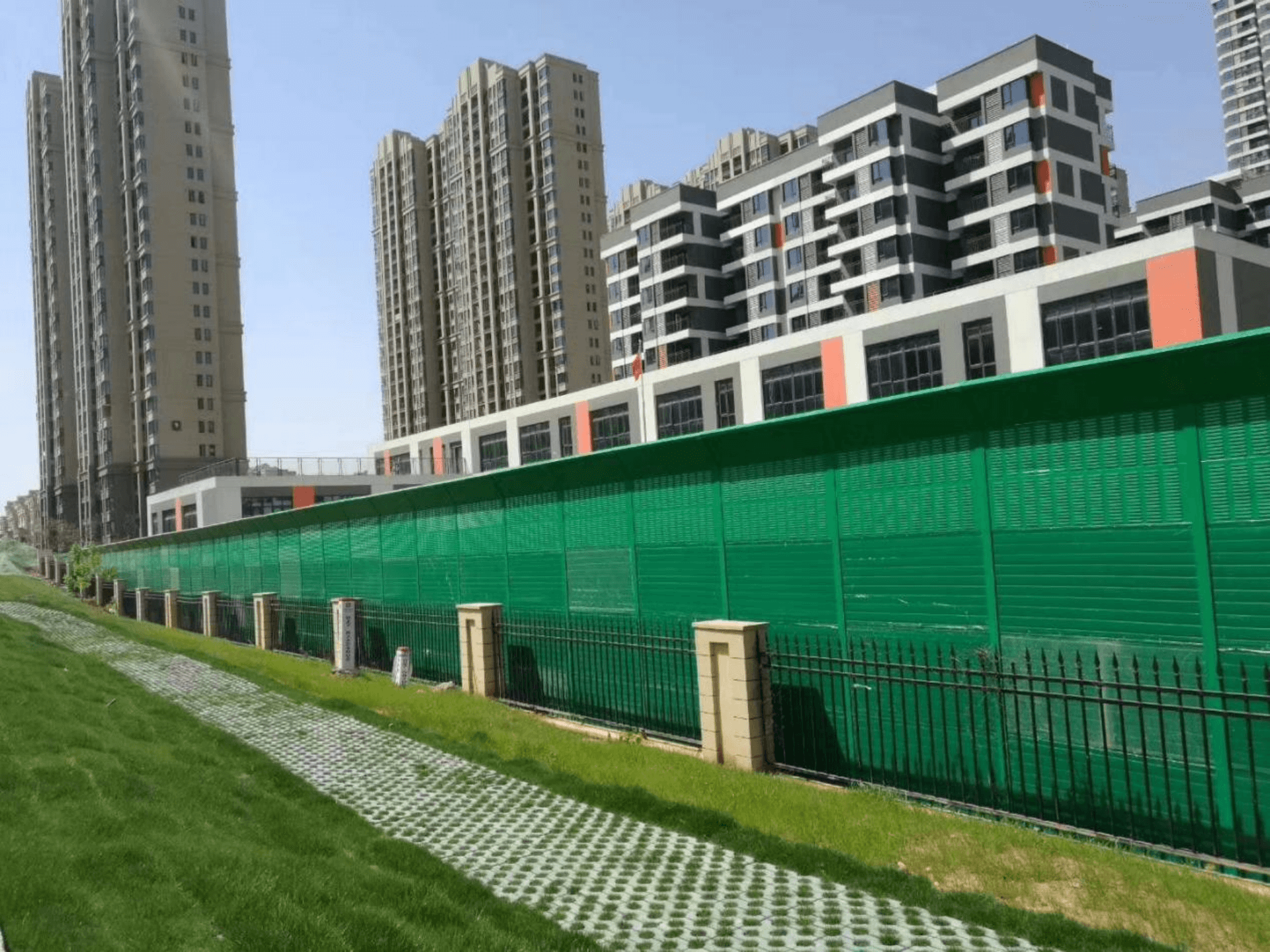
The sound absorption coefficient of aluminum foam bare board is above 0.45, and the sound absorption coefficient can reach above 0.75 after perforation and compression.
It has good weather resistance and can be widely used in roads, railways and urban municipal viaducts.
In addition, aluminum foam sound barriers can also be used for vertical walls underneath the platform curbs of subway stations and corresponding tunnel walls, upper and two sides of station tunnels, station management and equipment rooms, station ground cooling towers and air shafts, and subway ventilation Silencers, shock and noise reduction in subway depots, soundproof rooms, KTV, theaters, indoor swimming pools, basketball stadiums and other fields.
